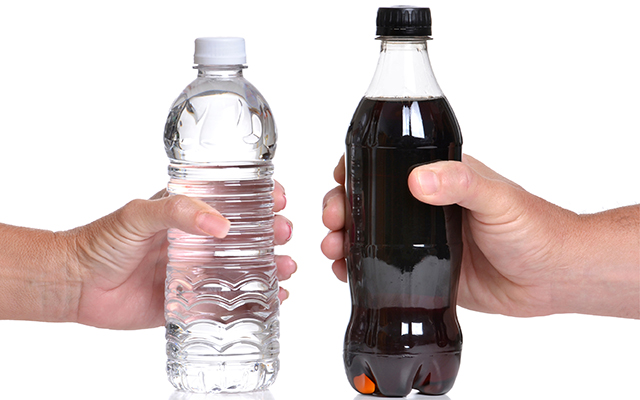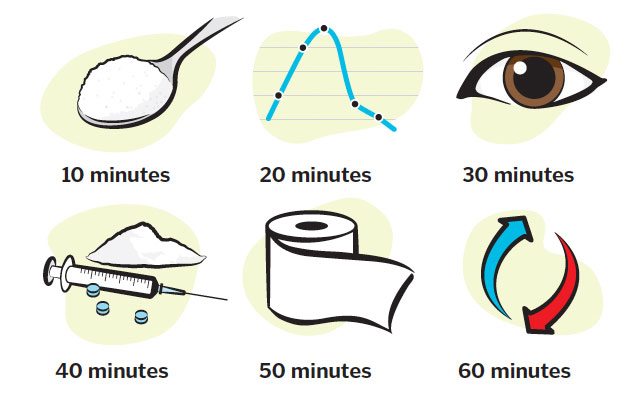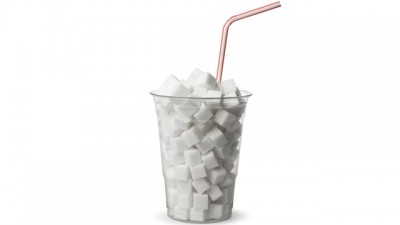America’s love affair with Coke, Pepsi, and other sugary sodas has gone sour.
The latest annual beverage-industry reports show that Americans’ per-capita consumption of soda in 2015 declined for the 11th straight year, falling to levels not seen since 1985. According to the Beverage Marketing Corporation (BMC), industry-leader Coke dropped by 2.6 percent and No. 2 Pepsi fell by 3.9 percent, leading an overall 1.5 percent soft-drink decline.
The trend is likely a response to volumes of research linking soda with the nation’s obesity epidemic, but consumers are also rejecting calorie-free sodas because of concerns about the safety of artificial sweeteners like aspartame. In 2015, Beverage Digest reports, Diet Coke and Diet Pepsi consumption each fell by more than 5 percent.
Still, despite recent consumer shifts, soda remains immensely popular: Americans guzzled 12.6 billion gallons of pop last year. And though consumption continues to fall, BMC reported wholesale revenue in 2015 actually increased slightly to $52.8 billion, as beverage makers raised prices and continued to market their products in smaller cans at a higher per-ounce rate.
The demand for bottled water, however, is an ominous rumble in an industry that has long been dominated by soft drinks. Consumption of bottled water last year rose by 7.9 percent to 11.7 billion gallons, according to the BMC report, and experts believe it will outpace soda by 2017.
The two beverage giants long ago began to respond to this shift by launching their own water brands. Coke sold 707 million gallons of Dasani in 2015, a 7 percent increase over 2014; sales of Pepsi’s Aquafina brand jumped 11.4 percent to nearly 546 million gallons.
“Consumers have spoken. They’ve made their preferences clear,” Beverage Marketing CEO and chairman Michael C. Bellas said in a statement. “The rapid growth in bottled water and functional and niche alternatives like energy drinks expresses a shift away from most large traditional beverage categories.”
And, while bottled water is a healthier choice, the environmental impact of this trend is significant, both in terms of the resources needed to produce the containers and the difficulty inherent in disposing of them. According to The Water Project, about 3 liters of water are used to manufacture every 1-liter plastic bottle. In addition, U.S. landfills currently contain more than 2 million tons of discarded water bottles; only one out of five empty bottles is recycled.
For more on the health affects of drinking soda, see “This Is Your Body on Soda.”




This Post Has 0 Comments